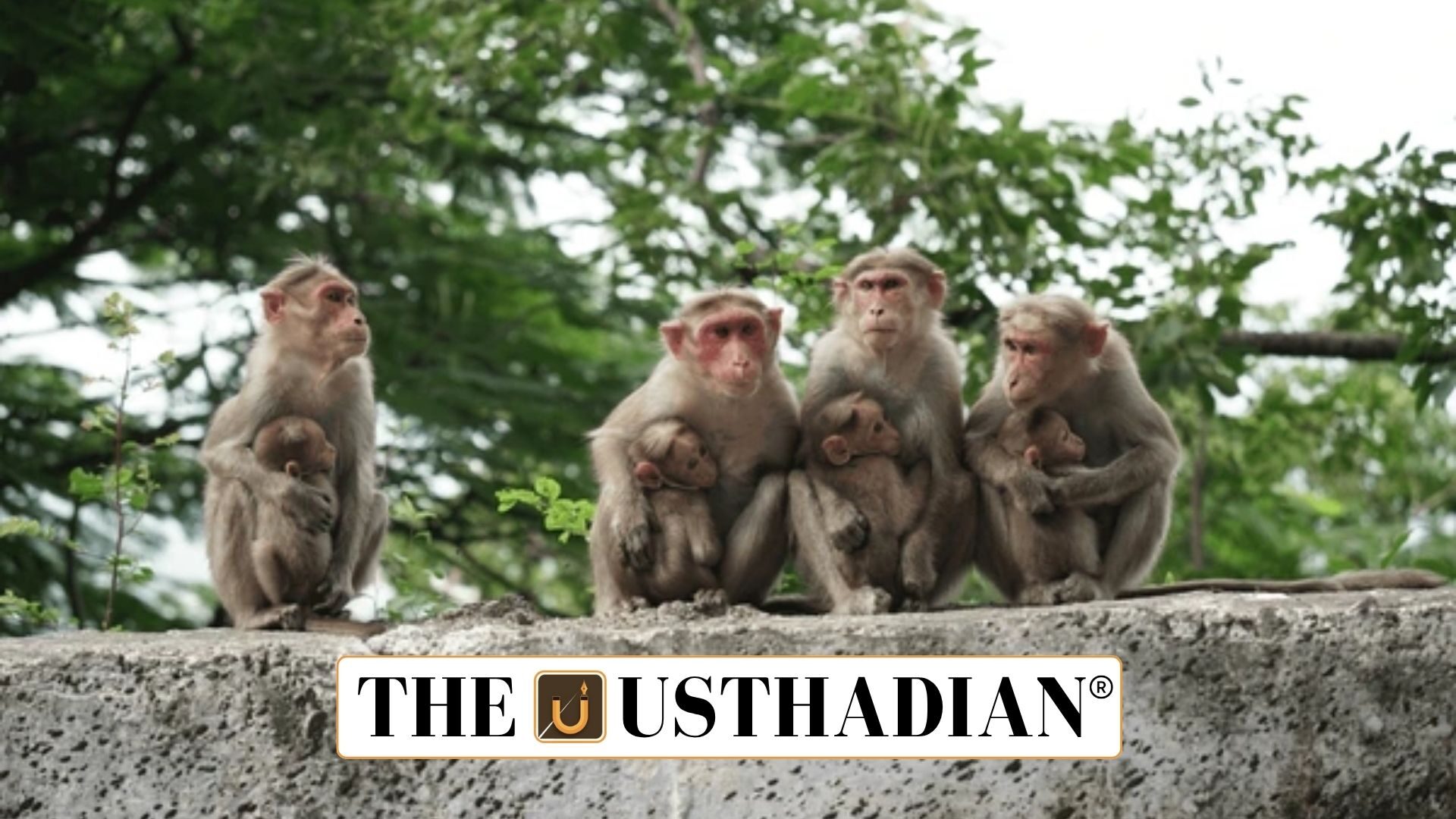Kerala’s plan to control monkey menace
Mission Bonnet Macaque: The Kerala Forest Department has launched Mission Bonnet Macaque, a targeted plan to address the growing human-wildlife conflict caused by the rising population of bonnet macaques. These monkeys have been increasingly damaging crops and disturbing life in villages near forest zones.
10-point solution for balance
As part of the 10-point strategy, the state aims to carry out mass sterilisation of bonnet macaques. The decision is meant to curb their population growth, which has become unmanageable in certain areas. Farmers have repeatedly raised concerns over crop losses due to monkey invasions.
Seeking central nod for sterilisation
Since the bonnet macaque is classified as a Schedule I species under the Wildlife Protection Act, 1972, Kerala must get permission from the Central Government before moving forward. Schedule I status is given to species with the highest level of protection, making intervention legally sensitive.
Static GK fact: Schedule I of the Wildlife Protection Act includes species like the tiger, lion, and rhinoceros, offering them the strictest protections in India.
Species details and conservation status
The bonnet macaque is endemic to South India and is mainly found in Tamil Nadu, Karnataka, Andhra Pradesh, and Kerala. The IUCN has listed it as ‘Vulnerable’, citing threats like habitat loss, urban expansion, and fragmentation.
Static GK tip: The International Union for Conservation of Nature (IUCN) maintains the global Red List that categorizes species based on their risk of extinction.
Rising cases of conflict
Over the years, bonnet macaques have adapted to urban and semi-urban environments. With shrinking forests, they are increasingly seen around homes, schools, and temples, leading to more instances of conflict, injuries, and fear among locals.
Balancing ecology and livelihood
Kerala’s approach under Mission Bonnet Macaque reflects the broader challenge of balancing wildlife conservation with agricultural protection and human safety. The sterilisation drive is being carefully designed to follow ethical and ecological guidelines.
Static GK fact: India ranks among the top 10 megadiverse countries in the world, housing over 7.6% of all mammal species globally.
Precedents from other states
Other states like Himachal Pradesh and Uttarakhand have previously launched sterilisation programs for monkeys. However, Kerala’s case stands out due to the protected status of the bonnet macaque, which makes this mission a legal and administrative challenge.
Static Usthadian Current Affairs Table
Mission Bonnet Macaque:
| Topic | Detail |
| Mission Name | Mission Bonnet Macaque |
| State Leading the Mission | Kerala |
| Target Species | Bonnet Macaque |
| Species Status (India) | Schedule I under Wildlife Protection Act, 1972 |
| IUCN Status | Vulnerable |
| Type of Intervention | Mass sterilisation |
| Purpose | To reduce human-wildlife conflict and crop damage |
| Approval Required From | Central Government |
| Regions Bonnet Macaques Inhabit | Tamil Nadu, Karnataka, Andhra Pradesh, Kerala |
| Notable Past Examples | Monkey sterilisation drives in Himachal Pradesh and Uttarakhand |








